Fat, vanity and athletics; Lawyers endeavour to win big; Ozempic needle; Omid Wrecks 'Em; Colour clashes and that HP logo
Overthinking the sports business, for money
Skinny v Fat, pt1
My conversation with Jon Ridgeon, World Athletics CEO is about fat, real and metaphorical.
And it's about the role of global governing bodies in a market economy.
We’re in a post-Doge moment. If you get government funding you can expect questions as to where is the line, the limits of your role in the sporting ecosystem.
“Athletics is a sport that's relied very much over the years on big public subsidy. And, you know, thank you to all the governments that have been willing to build stadium and fund championships, performance programs and all the rest of it. And it still remains important, but clearly athletics needs to, probably all Olympic sports needs to become a little more self-sufficient.”
As Ridgeon himself says, the vast majority of people watch athletics twice: Once at the Olympics and a smaller but still significant number watch the World Athletics Championships, which is WA’s own piece of IP, around which they commercialize via TV rights and sponsorship.
Not a new problem. But one given new context by the presence in the market of two new track and field properties - Athlos, belonging to Alexis Ohanian, the Reddit founder and husband of Serena Williams, and Grand Slam Track, the brainchild of Michael Johnson, backed by Dollar Bill Ackman among others.
Ridgeon said he and WA President Seb Coe are ‘unthreatened’ by these new pop-ups, in fact he encourages them. The more people doing athletics the better, etc.
Given the above scenario, what should a self-defined ‘skinny’ federation do?
Step back and encourage Ohanian and Johnson to fill that vacuum with their private-money backed events? (Is that the skinny approach?).
Or would you go the other way, fill the space, and the top athletes’ calendars, with your own IP, in the form of an annual event, the Ultimate Championships, due to start in 2026 and featuring many of the same not-quite-household names that are currently awaiting payment from Johnson’s Grand Slam Track?
You can see the problem, and you can start to see answers. And all of them come with trade-offs.
Grand Slam Track has already cancelled its final event of 2025 and the athletes are reportedly owed money.
The hard question is, why has this much hyped new series seemingly failed to launch?
Was it a bad product? Does it need more time?
Or is it a market question - as in, there isn’t one.
Ridgeon and Coe have ticked the first box, putting the blame squarely on Johnson and the organisers - note the V word below. This makes sense. To blame it on the lack of a market is to give up on their own sport.
“For these things to work, they can’t be vanity projects,” said Coe this week.
“They have to be suffused in practicality and deliverability. I just want the events that are going to add lustre, that we can find space for, and we will encourage them to at least have the courtesy of spending that kind of time and that kind of effort, both intellectual and resource, in making sure they work.”
Johnson and Ackman might well respond by saying that World Athletics’ own Diamond League meets are not exactly a magical money tree, and that without Olympic funding and government support, track and field has always been a great sport but a bad business.
Meanwhile, London looks to be the likely host for the 2029 World Championships.
Given the talk of skinny NGBs, the role of Athletic Ventures is interesting.
This by Ed Warner, who was at UKA for the 2017 event:
These champs had a budget of £75m and turned a surplus of around £6m. This after a commitment of a combined £16m from UK Sport and London itself, plus some cash and a big slug of effort from our people at UKA. The government’s underwrite wasn’t called upon.
In breaking cover with its bid intentions, Athletic Ventures has made a bold ask of £45m funding from government. It is unclear what cash Sadiq Khan is prepared to commit from London’s coffers, or what the joint venture’s three partners are tipping into the pot beyond their expertise and labour. So the trade proposed to government is to let it off the underwrite hook in return for a hard cash contribution. I applaud the initiative, which should focus minds at DCMS and the Treasury.
The sum requested looks steep compared to 2017, but immediate surprise at its scale melts away when one reflects on eight years of inflation with four more still to come, the heightened requirements of World Athletics for its event (including more athlete prize money), and a plan for a greatly expanded legacy programme compared to last time out. The big unknowns are the extent of Britons’ appetite to buy track & field tickets across nine days of competition (in 2017 we were still surfing the post London 2012 wave) and the state of the domestic sponsorship market in current straitened times.
See also:
Global Running Culture 2025 is out, a new report from our mates at Redtorch.
Skinny v Fat, pt2
I’ve got a niggling feeling that Ozempic isn’t great news for rights holders seeking to get governments to pay to host major sports events.
Start by listening to Wes Streeting, the Health Secretary, who sees the jabs as a silver bullet.
On Economic Benefits: "The jabs are a route not just to lower weight, but lower taxes."
On Transformative Potential: "The long-term benefits of these drugs could be monumental in our approach to tackling obesity" Wes Streeting can’t solve unemployment with weight-loss drugs - New Statesman
On NHS Fairness: "Not everyone in this country has £2,500 a year to spend on weight-loss jabs. For Labour MPs like myself, this strikes at the heart of the fairness principle of the NHS, which is supposed to be available for everyone based on need, not ability to pay." Five reasons weight-loss jabs alone won’t help get people back to work
On Scale of Expansion: "We're looking to seriously scale up access to weight-loss jabs for everyone who needs them." Five reasons weight-loss jabs alone won’t help get people back to work
On Parliamentary Culture: "Weight-loss jabs are the talk of the House of Commons tea rooms, half my colleagues are on them and are judging the rest of us saying 'you lot should be on them too.'"
Against that backdrop, what does the sport lobby look like now when it comes knocking for funding?
Obesity, of course, is a complex issue.
And it has been a gold mine for the sports industry, which has been adept at simultaneously taking government money while acting as the global marketing arm for the sugar and junk food industries.
Everyone agrees that sport is A GOOD THING. It’s good for us and we should do more of it.
But the Ozempic moment might encourage some in government to wonder whether Big Sport is helping or hindering.
Link to:
George Monbiot wrote a good piece based on this photo, taken on Brighton beach in 1976. Look at everyone, how thin they are. What happened? Why are we so fat?
The light begins to dawn when you look at the nutrition figures in more detail. Yes, we ate more in 1976, but differently. Today, we buy half as much fresh milk per person, but five times more yoghurt, three times more ice cream and – wait for it – 39 times as many dairy desserts. We buy half as many eggs as in 1976, but a third more breakfast cereals and twice the cereal snacks; half the total potatoes, but three times the crisps. While our direct purchases of sugar have sharply declined, the sugar we consume in drinks and confectionery is likely to have rocketed (there are purchase numbers only from 1992, at which point they were rising rapidly. Perhaps, as we consumed just 9kcal per day in the form of drinks in 1976, no one thought the numbers were worth collecting). In other words, the opportunities to load our food with sugar have boomed. As some experts have long proposed, this seems to be the issue.
The shift has not happened by accident. As Jacques Peretti argued in his film The Men Who Made Us Fat, we have been deliberately and systematically outgunned. Food companies have invested heavily in designing products that use sugar to bypass our appetite control mechanisms, and packaging and promoting them to break down what remains of our defences, including through the use of subliminal scents. They employ an army of food scientists and psychologists to trick us into eating more junk (and therefore less wholesome food) than we need, while their advertisers use the latest findings in neuroscience to overcome our resistance.
They hire biddable scientists and thinktanks to confuse us about the causes of obesity. Above all, just as the tobacco companies did with smoking, they promote the idea that weight is a question of “personal responsibility”. After spending billions on overriding our willpower, they blame us for failing to exercise it.
Won’t anyone think of the lawyers?
Law firms are circling the Silver Lake - Endeavour deal for what could be a massive pay out.
But a funny thing happened on the way to the octagon. Between the privatization announcement and the actual squeeze-out this past April, the share price of TKO nearly doubled, sending Endeavor’s stake soaring in value. Suddenly, that $27.50 offer looked downright miserly. Investors began piling in, betting that the Delaware Court of Chancery would side with them.
Check out the numbers:
The so-called “A&B Group,” led by Abrams & Bayliss, negotiated an hourly rate for handling the case, which is estimated to total around $50 million in fees….
…But suppose the case fails to resolve itself neatly and instead drags on for years, as these things so often do. In that event, Vice Chancellor Will might find herself persuaded by the approach of the rival “RKS Group,” led by Rolnick Kramer Sadighi. In their proposed fee arrangement, the lawyers would collect 20-25 percent of any increase in the deal price—a potentially staggering sum. Court papers outline one scenario in which investors would stand to gain $2.35 billion, translating to $587 million in legal fees (plus interest accruing at an estimated $1 million per day)
Wrecks ‘Em
If you read one Omid Djalili hit job on Ryan Reynolds, Blake Lively and Maximum Effort, make it this one.
Colour clash as strategy
I love this time of year, when the conversation turns to new shirts, and the intrusion levels of the sponsor logo.
TL;DR Red is bad for Spurs, but good for Brighton. But which is more valuable? Is it better to fit in and please the fans, or stand out and please the CMO? Does anyone measure this stuff?
You very quickly get to Ferrari and HP…
Welcome to our new listeners
Note the completist in Attica going back through the archive.
Share this newsletter with someone who might like it.



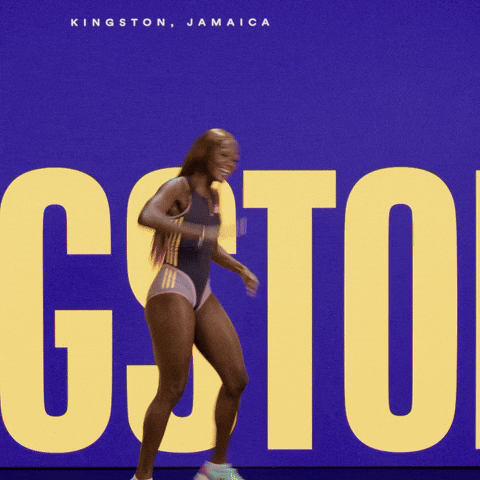
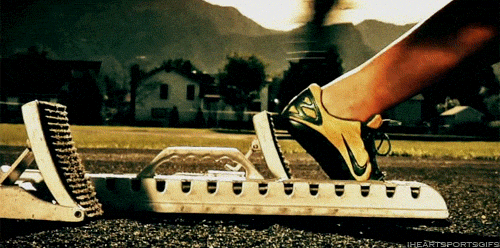


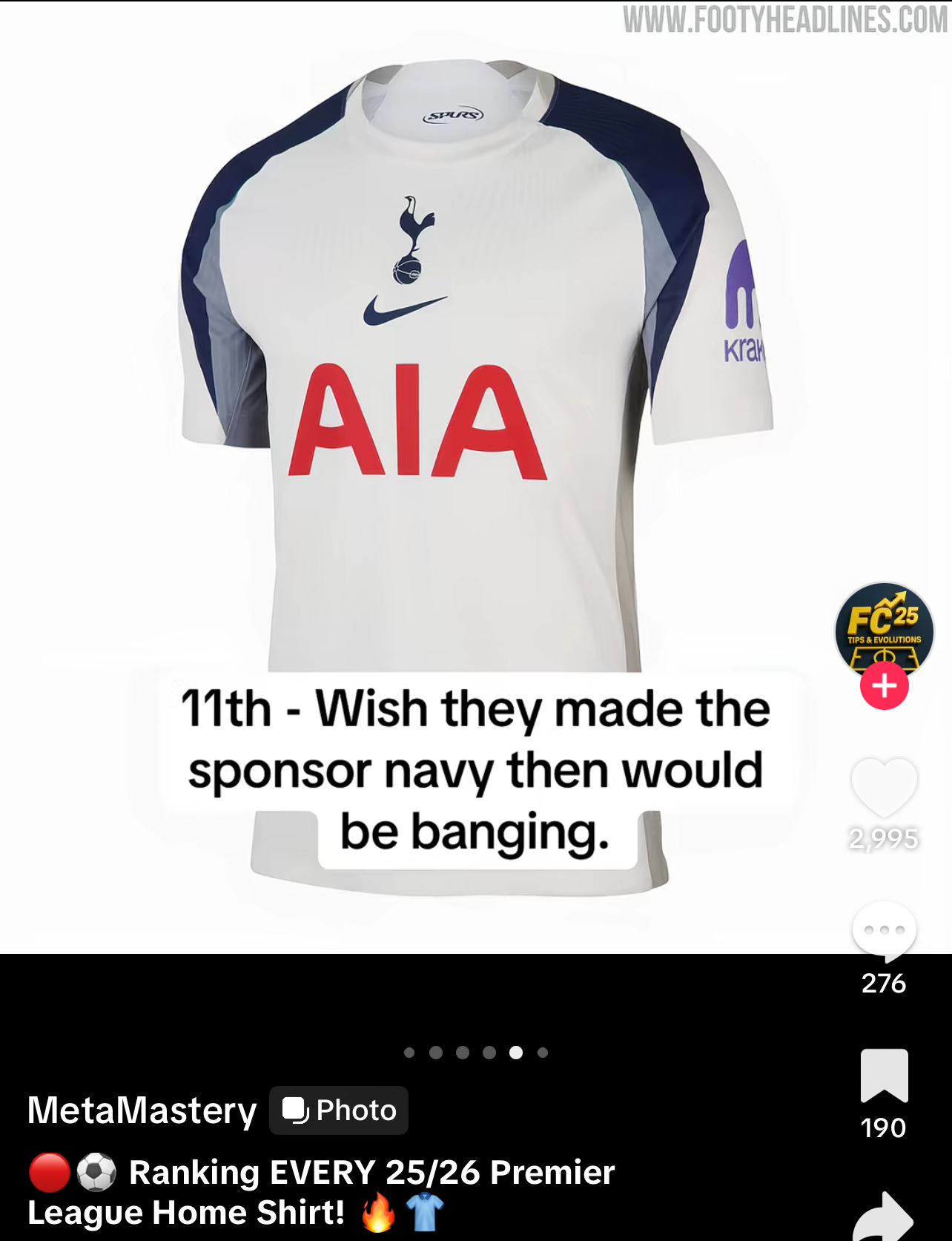
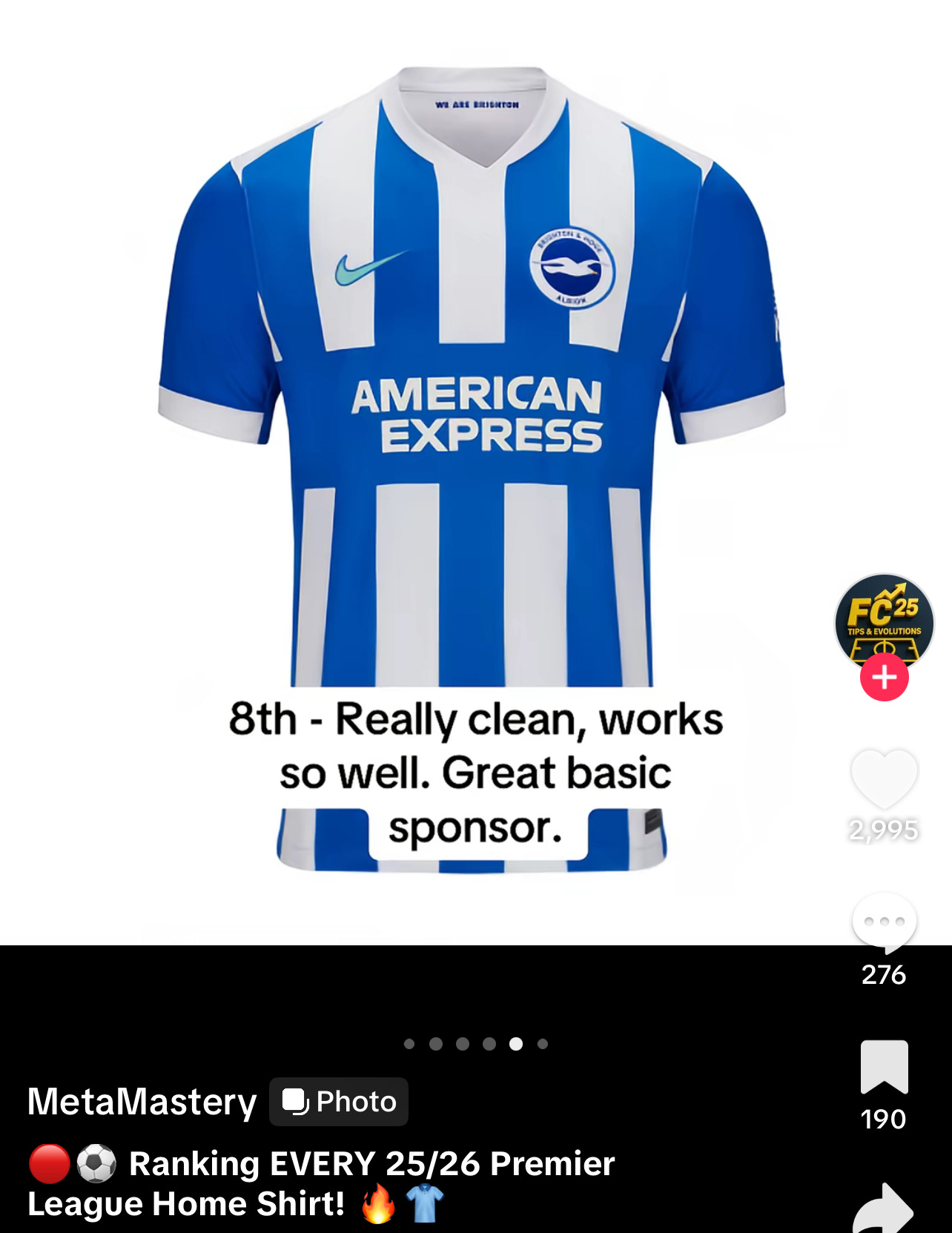
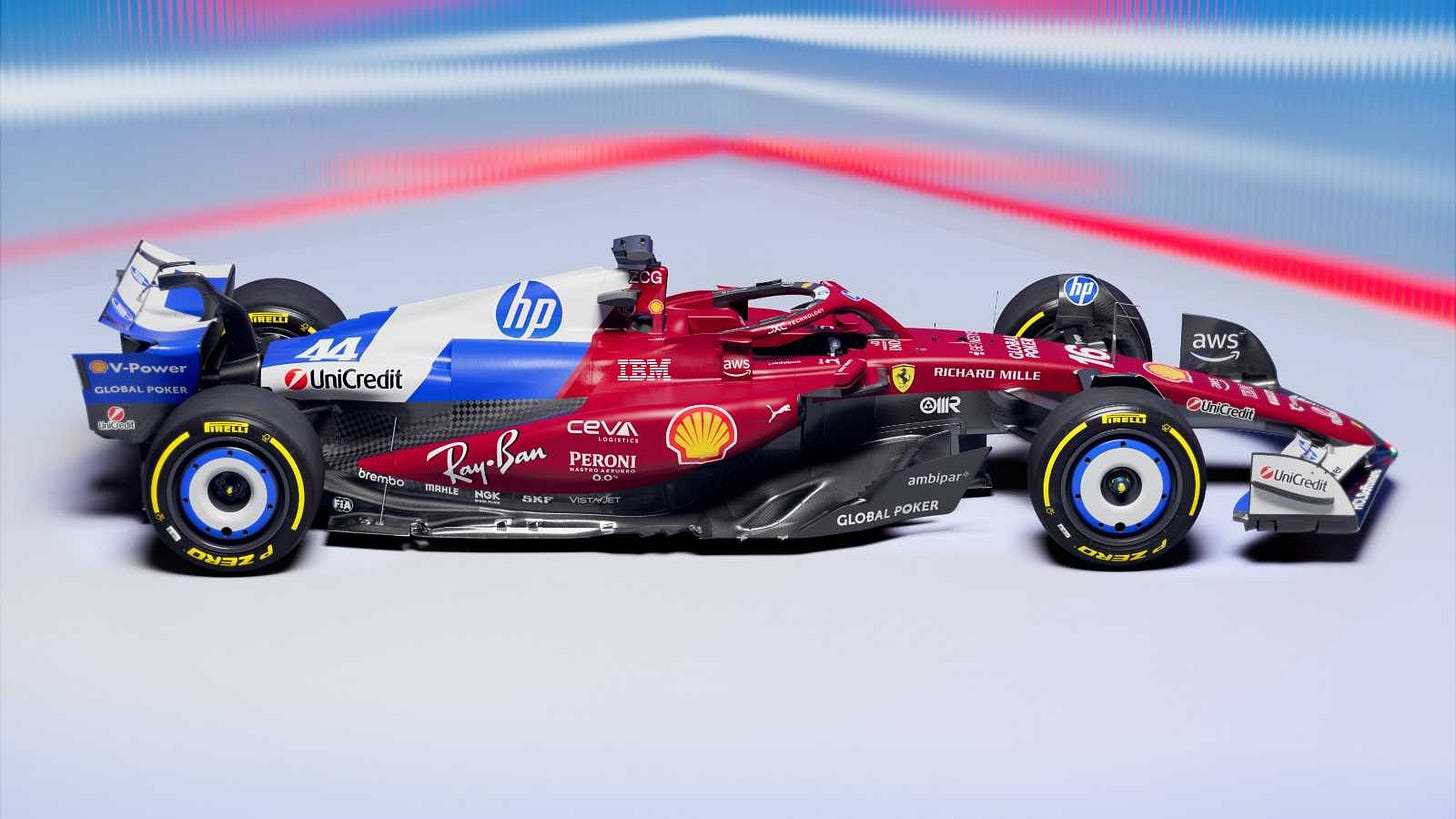
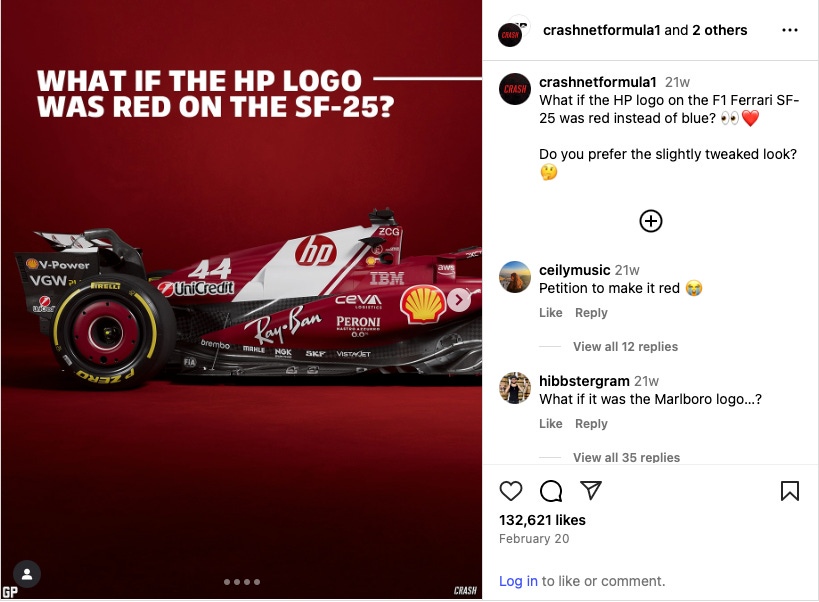

lots of smartness in here. Thank you, boys.